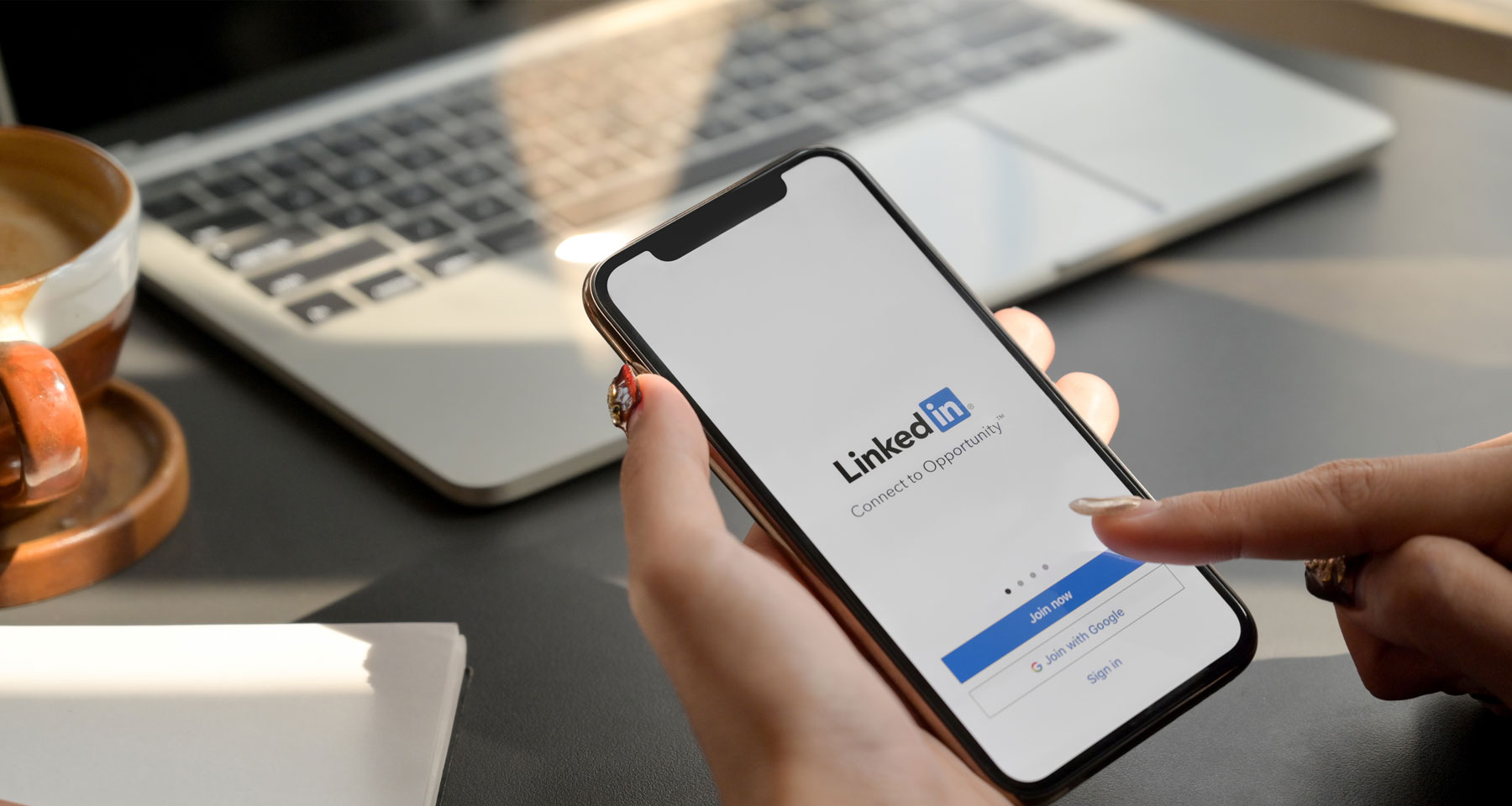Despite industry concerns, WSJ says Apple News+ relationship is good for business
The Earl Blog | 28 May 2019
Earlier this month, the CEOs of Schibsted’s two leading titles in Sweden blasted Apple for not allowing them to build a relationship with readers via their app store, using its dominant position to impose an “Apple tax” and withholding data.
Citing Apple’s “arbitrariness, unpredictability, and lack of transparency,” Schibsted Sweden CEOs Lena Samuelsson and Anna Careborg told INMA that Apple is abusing its dominant position where in their country the iPhone commands a 48% market share.

“These days, Apple acts like a capricious feudal lord who either fails to understand, or simply does not care about, the consequences of its actions,” Samuelsson and Careborg penned in an INMA article. “If the company is serious about making a positive contribution to society, it should at least try to avoid sabotaging the freedom of the press.”
According to INMA’s initial findings from its Digital Platform Initiative, the three core issues publishers have worldwide with Apple boil down to:
- Apple’s domination of iPhone owners’ media access.
- Apple’s claim on 30% of iPhone news media app revenues.
- Apple policies on withholding app user data from end-provider media companies.
It is in that context that The Wall Street Journal explained its decision to partner with the Apple News+ service at last week’s INMA World Congress of News Media in New York.

Having focused on building its own digital subscriber base and historically refusing to make its content available elsewhere, The Wall Street Journal has said publicly the Apple partnership is viewed as “an opportunity to bring in revenue from a broader audience.”
Suzi Watford, executive vice president and chief marketing officer of The Wall Street Journal, told INMA that a Journal subscription through Apple News+ costs US$9.99 and offers less content than full-price access. She called it a “more for more and less for less” strategy. A full-priced Wall Street Journal digital subscription costs US$39 per month, and at the close of 2018, the Journal had 1.71 million digital subscribers.
“We spent a long time trying to make paid content and subs models work,” Watford said. “We have to be very clear in what we believe in. But we have to remember readers and audiences change, new models evolve, and what was once unthinkable can become undeniable.”
Wall Street Journal Editor-in-Chief Matt Murray told INMA World Congress delegates the company is not currently concerned about subscriber cannibalisation, but it is is keeping an eye on the potential risk.

Said Murray: “Apple is the first big tech company (that) has put a product on the table that pays for our content. And they have been emphasising in the product that they are going to talk about quality content, and that means you won’t have a fake news problem. And that, to us, is intriguing and worth engaging in.”
Journalistic integrity is crucial to any platform partnership, Murray said. “The most important rule for us in any partnership is we have the final say over the journalism,” he said. “We don’t want to do any deal where we give away our journalistic imperatives.”
While the Journal’s deal with Apple appears to be about a next generation of digital subscriber growth in a global marketplace, others, like Torstar in Canada, have announced a partnership with Apple News+ that is at the beginning of the subscription curve yet aimed at a national market for a primarily local newspaper.
In short, the much-criticised Apple News+ initiative appears far less negative to some publishers than initial reactions. Like the complex relationships with Facebook and Google, Apple is entering into partnerships that defy simple explanations.






























